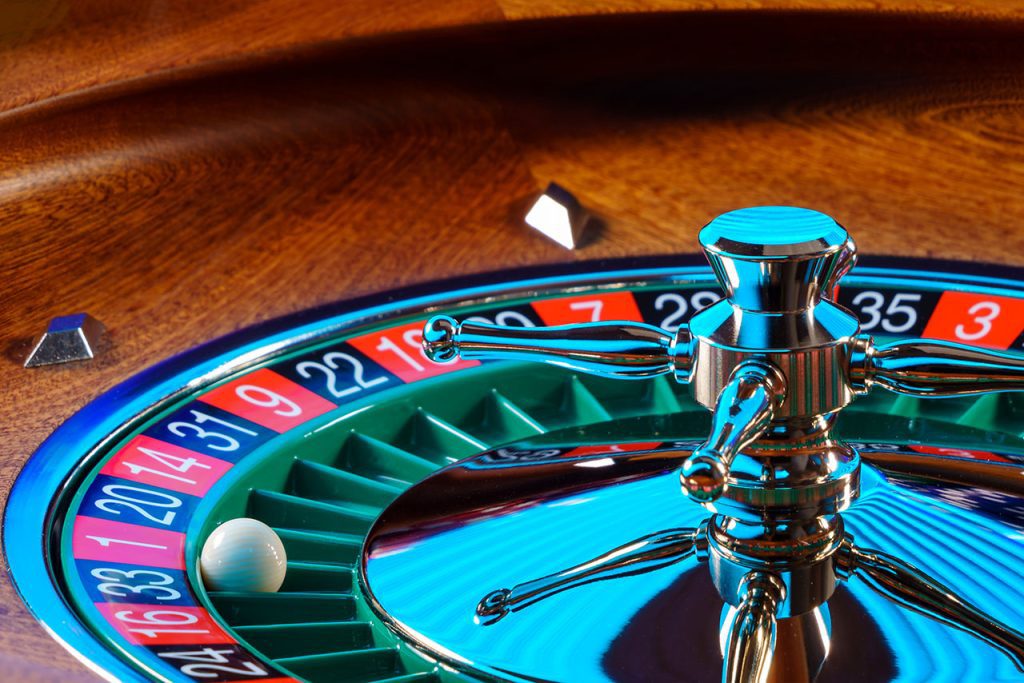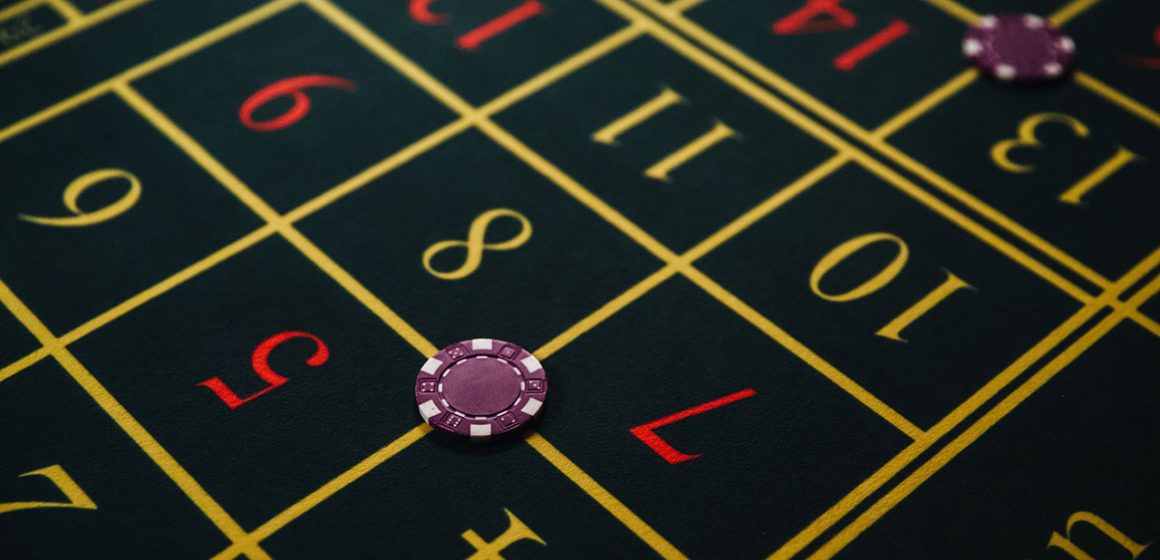Roulette is an interesting game in terms of how it operates. Players find it fascinating to see the spinning wheel with a ball predicting the winning numbers. As the game gained popularity over the years, players found new ways to turn the odds in their favor. Some experts believe that roulette’s outcomes can be altered if you apply physics to the wheel and ball motion. If you’re looking to learn the real truth behind the predictive techniques in roulette, we have got you covered.
Predictive Techniques in Roulette
Unlike other table games, like blackjack and poker, roulette takes on a different approach. The wheel section of the game is free of the croupier’s influence and functions in a natural way. However, some players believe that altering the spinning action may help them determine the stopping points of the ball.
While there is much debate surrounding this belief, modern casinos have high surveillance to monitor rigging practices. It may not be practically possible to accomplish such objectives. However, that doesn’t mean you can’t give yourself an advantage, especially with certain techniques. Let’s have a look at them.
Ball Tracking
One of the common predictive techniques is ball tracking. It refers to tracking the ball’s speed and the wheel’s rotation to determine where the ball might land. Here, it is worth noting that ball tracking is not as simple as it may seem. Players with great knowledge of physics may be able to determine such variables.
Another important factor is that calculating the ball’s speed requires knowledge of multiple factors. They include the wheel’s characteristics, the ball’s rotations, and the ability to make calculations quickly. While this trick is somewhat effective, casinos keep a close check on players trying to analyze the involved variables.
Typically, players start by tracking the ball’s speed by counting the number of revolutions around the spinning wheel before it drops into a numbered pocket. Calculating the time the ball takes to achieve a certain number of revolutions gives players an estimate of the declaration rate. With the declaration rate known, players can predict the sectors of the wheel where the ball is likely to stop. Such calculations can help players determine what to bet next.
Challenges and Limitations
While ball tracking can be effective in some land-based settings, it has some challenges and limitations. We have covered them below for your ease.
- Inconsistent Ball Bounce: The ball’s bounce can vary based on multiple factors, like the wheel’s tilt, ball type, and divots, making it challenging to predict the outcomes.
- Wheel Speed Variation: Modern roulette wheels often come with adjustable speeds, making calculations complicated and less accurate.
Visual Ballistics
Visual ballistics provides players with a unique approach to making predictions in roulette. According to this technique, visual ballistics rely on a player’s ability to estimate the ball’s final stopping position. However, predicting this is not easy. Players must determine the ball’s trajectory, speed, and the wheel’s movement.
While these variables can be predicted, they require keen observation of the wheel and the ball. A slight change in calculations can turn the roulette odds against you. Some players also observe how the dealer throws the ball into the spinning wheel. It’s important to note that dealers do not use tricks when throwing the ball. You can only analyze the starting point of the ball’s trajectory by observing the dealer’s hand.
When aiming to know visual ballistics, players start by focusing on the dealer’s throw speed and angle. They also consider the ball’s initial trajectory and speed. Such observations and estimations (if made correctly) can help players predict the stopping point of the ball. They can rely on such information to decide on their future bets.
Challenges and Limitations
Visual ballistics can be handy for prolonged plays. However, this technique comes with a few challenges and limitations.
- Variable Throws: The dealer’s throw and ball’s behavior can vary based on several factors, making it challenging to predict accurate outcomes consistently.
- Wheel Changes: Casinos often change wheels in roulette, altering multiple variables in the ballistics equation.
- Ball Changes: Changed balls can also hinder a player’s ability to make accurate predictions.
Wheel Bias
The third technique some intelligent roulette players rely on is wheel bias. It involves identifying the wheel’s imperfections that could cause certain numbers or sectors to appear more frequently. If you have played roulette, you might be familiar with the hot numbers that often win. If we dig deeper into the truth, physics has much to do with the process.
Wheel bias depends on the assumption that regardless of how finely roulette wheels are crafted, they can have subtle imbalances due to manufacturing flaws. More so, roulette wheels can lose their form with ongoing wear and tear and improper maintenance. These factors establish the ground for wheel bias, which requires keen observation to be detected.
When relying on this predictive technique, players collect data by closely observing the outcomes of several spins. They create a list of the winning numbers to understand the trend. Using statistical analysis, players identify patterns of clusters of numbers that appear more often than other numbers. Statistical findings predict the trending numbers, allowing players to place their bets on them.
Challenges and Limitations
Wheel bias can be common in less popular casinos. Such places do not maintain roulette wheels on a regular basis, allowing more room for wheel bias and player predictions. Regardless of where you play, you may face the following challenges and limitations.
- Wheel Maintenance: Casinos are smart enough to prevent wheel bias, maintaining the roulette wheels frequently.
- Tested Manufacturing: Casinos rely on tested sources for wheel manufacture, eliminating the possibility of wheel bias.
- Short-Term Variance: Despite the possibility of wheel bias, short-term results can be random and unpredictable.

Final Thoughts
Understanding the predictive techniques in roulette can help you take on a unique winning perspective. However, applying physics to roulette can be challenging for most players. The above details highlight the most common predictive techniques in roulette with their challenges and limitations. If you want to stay ahead of the latest roulette tips and tricks, check out Full Roulette today.


Leave a Reply